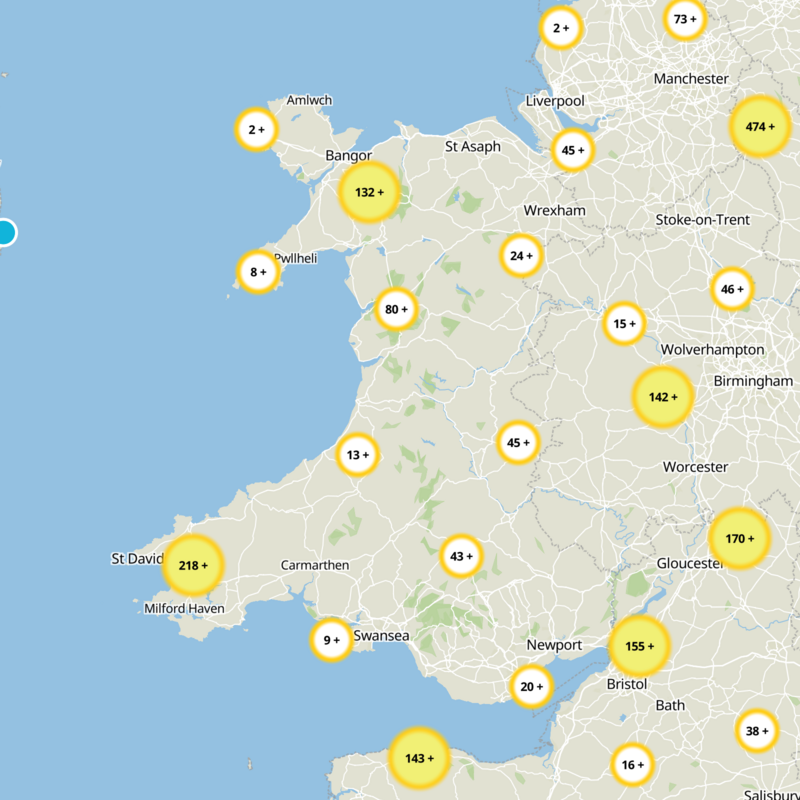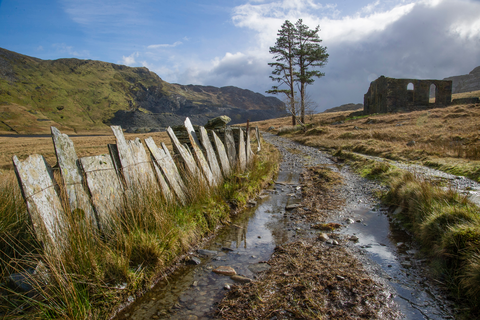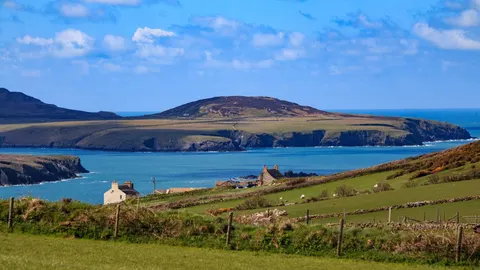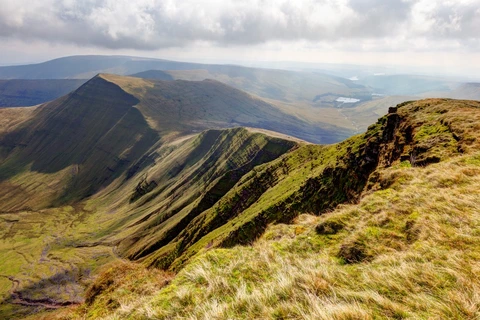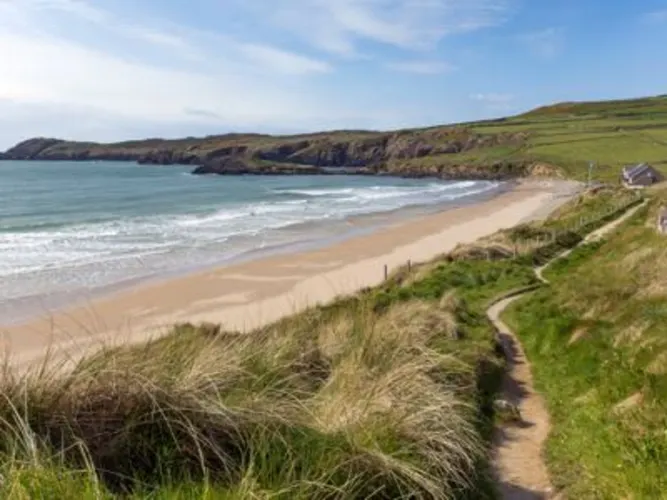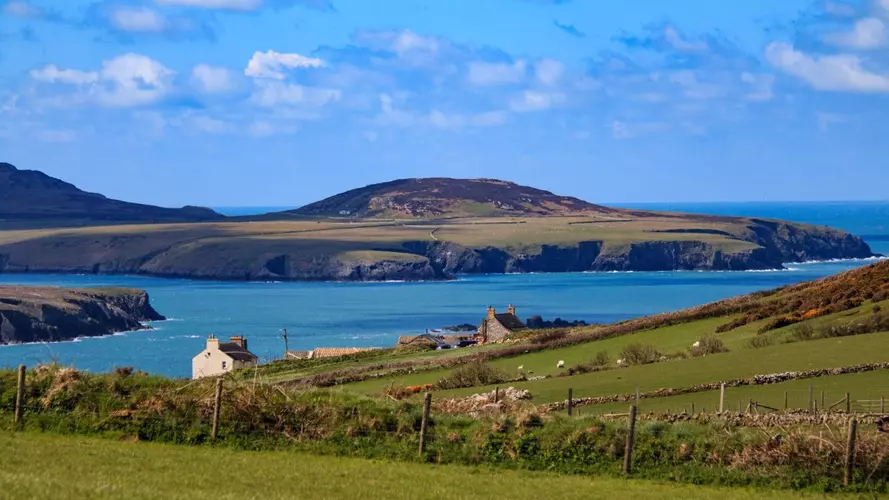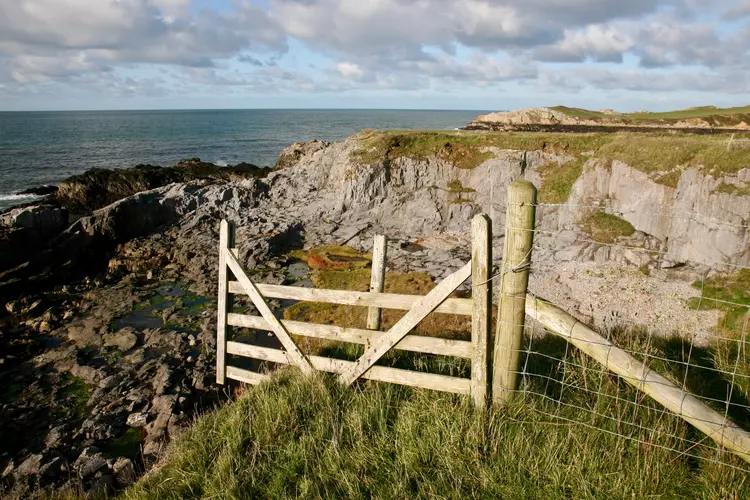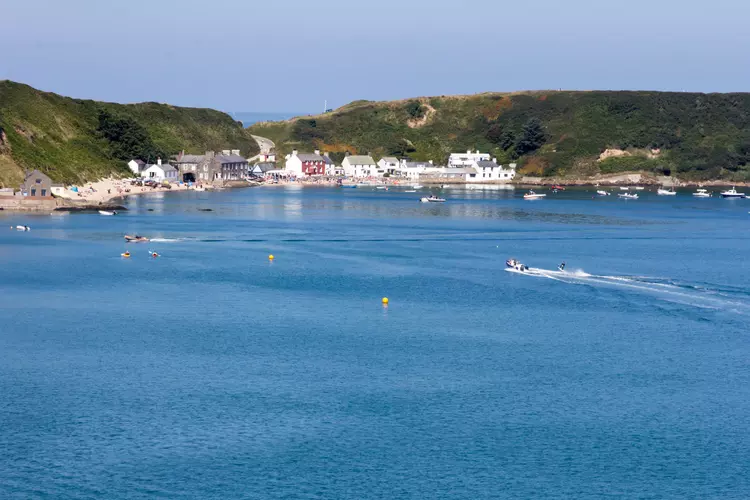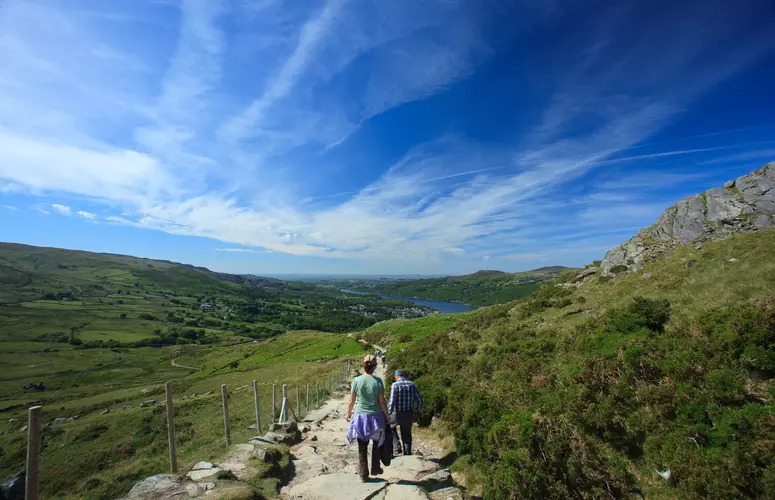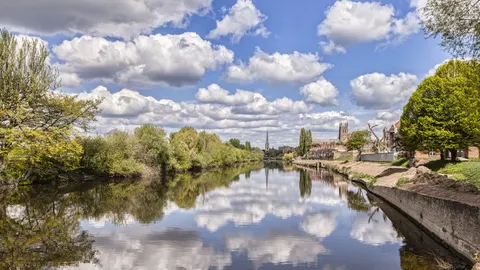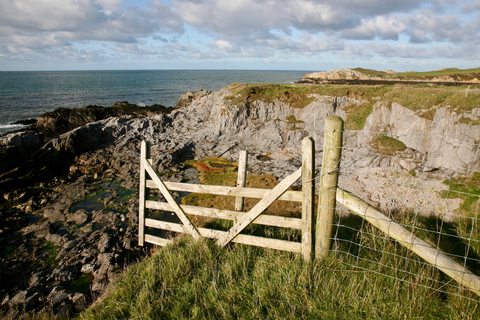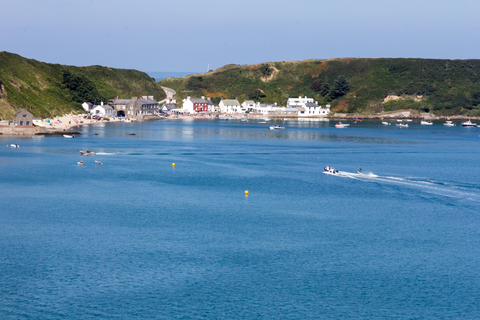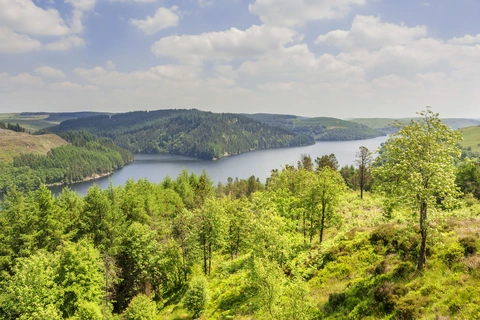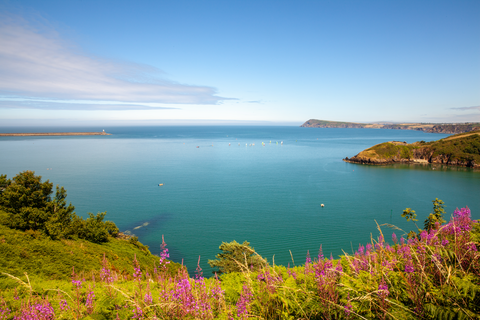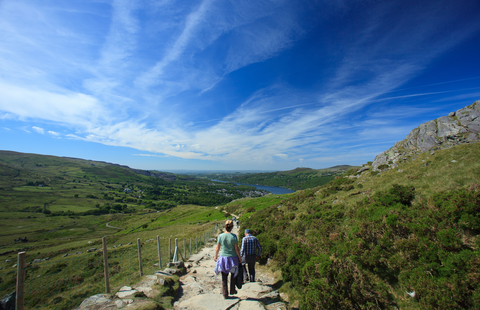"Explore Wales' enchanting trails, where history, nature, and vibrant culture intertwine in Celtic splendor."
Embark on a journey through Wales, where every trail tells a story of ancient landscapes and vibrant culture. From the rugged peaks of Snowdonia to the serene paths of the Brecon Beacons, Wales offers diverse terrains for every hiker. Discover hidden waterfalls, lush valleys, and panoramic coastal views along the Pembrokeshire Coast Path. Immerse yourself in the rich tapestry of history and nature, where every step reveals the enchanting beauty and spirit of this Celtic land.
Most popular hikes
FAQs about hiking in Wales






